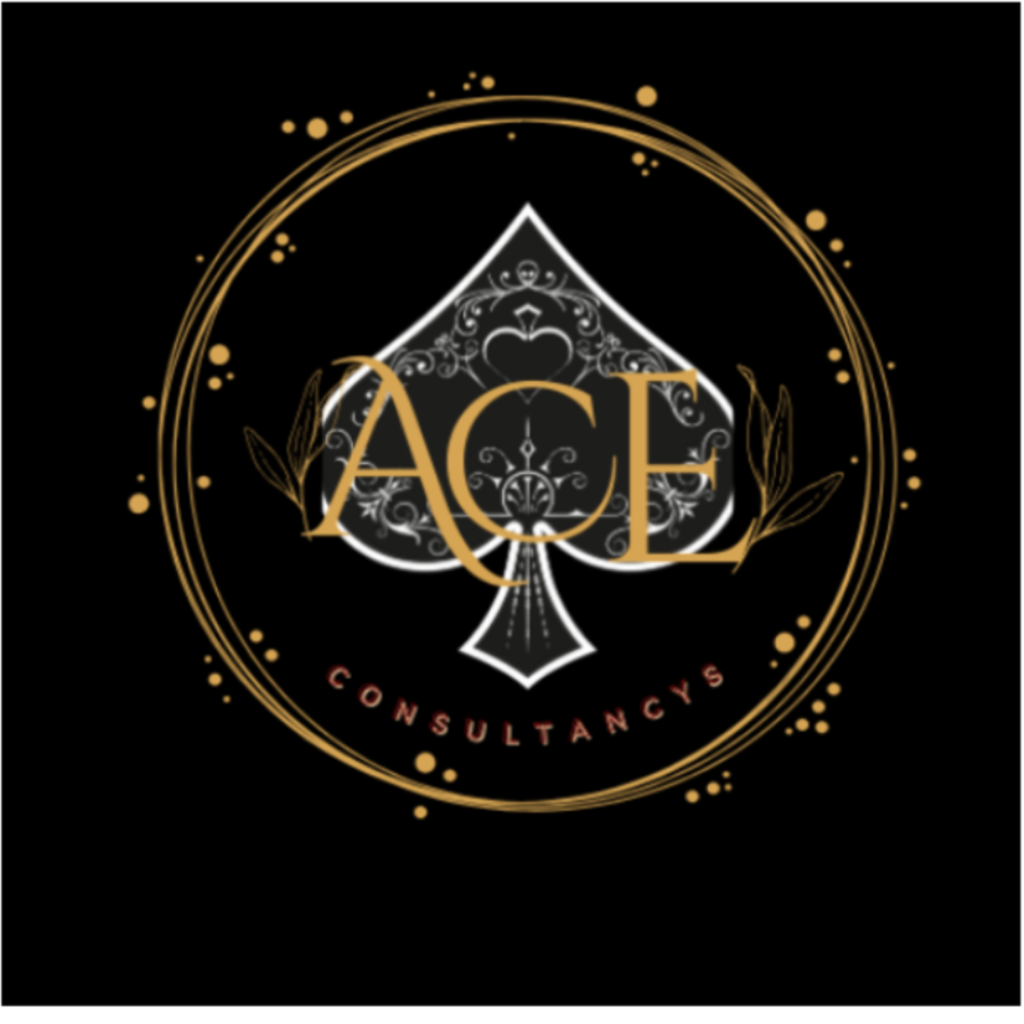Introduction
In the competitive landscape of modern sales, rejection is not just common—it’s inevitable. Every day, sales professionals across America pick up the phone to make outbound sales calls, and every day, most of them hear the word “no” more often than “yes.” According to research by Brevet Group, it takes an average of 8 cold call attempts to reach a prospect, with less than 2% of cold calls resulting in an appointment. For many sales representatives, this constant rejection becomes a significant hurdle to overcome in their outbound sales calls journey.
The Psychology Behind Sales Rejection
Rejection in outbound sales calls triggers the same neurological pathways as physical pain. A study published in the Journal of Experimental Social Psychology found that rejection activates the same regions in the brain as physical pain, explaining why sales rejection can feel so devastating. This biological response makes handling rejection particularly challenging, as our brains are literally wired to avoid these painful experiences.
The impact of consistent rejection extends beyond momentary discomfort. According to data from Sales Insights Lab, 44% of salespeople give up after just one rejection, while 80% of successful sales require at least five follow-ups. This disparity illustrates how critical overcoming rejection is to sales success—those who can push through the discomfort of hearing “no” ultimately achieve substantially better results in their outbound sales calls.
Reframing Rejection in Outbound Sales Calls
The first step to mastering rejection is changing how you perceive it. Rejection in outbound sales calls isn’t personal—it’s part of a numbers game. HubSpot research indicates that top-performing salespeople have a rejection rate of approximately 90%, barely better than average performers. The difference lies not in how often they face rejection, but in how they respond to it.
When approaching outbound sales calls, consider each “no” as bringing you one step closer to a “yes.” Rather than viewing rejection as failure, see it as valuable market feedback. Each rejection provides insights into objections, competitive positioning, and messaging effectiveness that can be leveraged to improve future outbound sales calls.
Some practical techniques for reframing rejection include:
- Tracking rejection metrics to observe improvement over time
- Analyzing patterns in rejections to identify specific sticking points
- Celebrating rejection milestones as proof of persistent effort
- Using rejection as an opportunity to refine your sales approach
Building Resilience Through Systematic Desensitization
Building rejection resilience requires deliberate practice. Sales professionals who excel at handling rejection in outbound sales calls often use a technique similar to what psychologists call “systematic desensitization”—gradually exposing yourself to increasing levels of rejection until it no longer triggers a negative emotional response.
Research from the Harvard Business Review suggests that salespeople who deliberately practice handling rejection experience a 12% increase in productivity compared to those who don’t. This improvement stems from decreased anxiety around potential rejection and increased confidence in navigating difficult conversations during outbound sales calls.
One effective approach is the “rejection challenge,” where sales professionals intentionally seek small rejections in low-stakes situations to build tolerance. For instance, ask for a discount at a coffee shop or request an upgrade at a hotel. These exercises may seem unrelated to outbound sales calls, but they build the emotional muscles needed to handle professional rejection.
Tactical Approaches to Handling Objections
Behind every rejection lies a specific objection. Sales Hacker reports that 68% of salespeople don’t effectively identify or address the true objection behind a prospect’s initial rejection. Learning to uncover and address these core concerns transforms rejection into an opportunity for continued dialogue.
When faced with rejection during outbound sales calls, try these tactical approaches:
First, acknowledge the objection without becoming defensive. Then, ask clarifying questions to understand the true concern. According to Gong.io research, top performers ask 4.7 questions on average during objection handling, compared to 2.3 questions from lower performers.
Use the “feel, felt, found” technique—”I understand how you feel, others have felt the same way, but they found…” This approach validates the prospect’s concern while gently guiding them toward reconsideration, making it particularly effective for handling rejection in outbound sales calls.
Learning From Every “No”
Each rejection contains valuable information if you’re willing to extract it. According to Salesforce research, sales teams that systematically analyze rejection reasons and adapt their strategies see a 17% higher win rate than those who don’t. This data-driven approach transforms rejection from a setback into a strategic advantage.
After experiencing rejection in outbound sales calls, conduct a brief self-analysis: What triggered the rejection? Was it the product fit, timing, budget concerns, or your approach? Document these insights and review them regularly to identify patterns that can inform process improvements.
Consider implementing a formalized rejection analysis system where team members share and categorize rejections. This collaborative approach accelerates learning across the organization and helps identify systemic issues in messaging or targeting that might be causing higher rejection rates in outbound sales calls.
Maintaining Momentum Despite Rejection
Perhaps the most crucial aspect of handling rejection is maintaining call volume and energy despite setbacks. Sales professionals who can make their next call with the same enthusiasm after ten consecutive rejections typically outperform those who allow rejection to diminish their effort.
Research from The Bridge Group indicates that consistent call volume is the strongest predictor of success in outbound sales, with top performers making 33% more calls after experiencing rejection than average performers. This persistence in the face of rejection directly translates to improved results in outbound sales calls.
To maintain momentum, create daily routines that support recovery from rejection: short breaks between calls, physical movement, positive affirmations, or brief celebrations of effort regardless of outcome. These practices help reset your emotional state and prevent rejection fatigue.
Conclusion
Mastering rejection in outbound sales calls isn’t about avoiding or eliminating it—it’s about transforming your relationship with it. By understanding the psychology behind rejection, reframing how you perceive it, building systematic resilience, developing tactical responses to objections, learning from every rejection, and maintaining momentum despite setbacks, you can turn rejection from your greatest obstacle into your competitive advantage.
The most successful sales professionals don’t experience less rejection in their outbound sales calls—they simply respond to it differently. As you implement these strategies, track your progress not just in outcomes but in emotional responses. Success comes not when rejection stops occurring, but when it stops affecting your confidence and performance.
What strategies have you found most effective for handling rejection in your outbound sales calls? We’d love to hear your experiences and insights in the comments below. If you found this article helpful, please share it with your network on LinkedIn, Twitter, or other social platforms where fellow sales professionals might benefit.
FAQ
Q1: How many rejections should I expect when making outbound sales calls?
A: Industry data suggests that successful sales professionals face rejection rates of 90-97%. On average, it takes 8 cold call attempts to reach a prospect, and only about 2% of cold calls result in appointments. Expect rejection, but remember it’s part of the process that leads to success.
Q2: What’s the most effective way to handle immediate rejection on outbound sales calls?
A: When faced with immediate rejection, respond with curiosity rather than defensiveness. Ask a simple question like “May I ask why this isn’t a good fit?” This often reopens the conversation and provides valuable insight into objections you can address.
Q3: How do I maintain motivation after multiple rejections?
A: Set process goals rather than outcome goals. For example, focus on making 50 quality calls rather than securing 5 meetings. Celebrate effort consistency regardless of immediate results, and take short breaks between calls to reset mentally.
Q4: Should I follow up after rejection?
A: Absolutely. Research shows 80% of successful sales require at least five follow-ups, yet 44% of salespeople give up after one rejection. Create a structured follow-up system with value-adding touchpoints.
Q5: How can I learn from rejection to improve future outbound sales calls?
A: Document specific objections after each call, identifying patterns over time. This data helps refine your targeting, messaging, and objection handling. Review recordings of calls when possible to identify improvement opportunities in your approach.
Read More : https://aceconsultancys.com/sales-call-etiquette/









